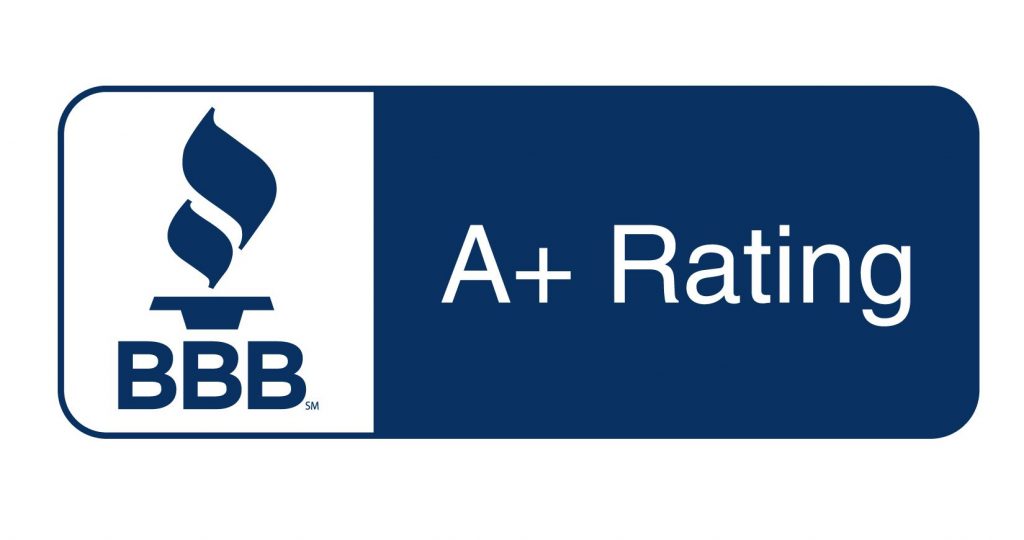As we age, our healthcare needs can become more complex and costly. This is where Medicare comes in – a federal health insurance program that provides coverage to people over the age of 65, as well as those with certain disabilities and chronic conditions. Medicare can help you access the care you need without breaking the bank, but it can also be overwhelming to navigate.
That’s why we’ve put together a step-by-step guide to help you maximize your Medicare coverage. In this article, we’ll explain the importance of Medicare coverage and provide a brief overview of the different parts of Medicare. We’ll also walk you through the process of determining your healthcare needs, choosing a Medicare plan, and enrolling in the program.
But that’s not all! We’ll also provide tips on how to get the most out of your benefits and explain why it’s important to review your coverage annually. By the end of this guide, you’ll have a better understanding of Medicare and the tools you need to make informed decisions about your healthcare coverage. Let’s get started!
Step 1: Understand Medicare
Before you can make the most of Medicare, it’s essential to understand the basics of the program. Medicare is divided into several parts, each of which covers different types of medical expenses. Here is a quick rundown of the different parts of Medicare.
Part A: Also known as hospital insurance, Part A covers inpatient care in hospitals, skilled nursing facilities, and hospice.
Part B: Also known as medical insurance, Part B covers doctor visits, outpatient services, preventive care, and durable medical equipment.
Part C: Also known as Medicare Advantage, Part C is an all-in-one alternative to traditional Medicare. It combines Parts A and B and often includes extra benefits.
Part D: Part D offers prescription drug coverage. It can be a stand-alone plan or included in a Medicare Advantage plan.
In addition to understanding the different parts of Medicare, it’s also important to be aware of the costs associated with each part. While Part A is usually premium-free for most people, there are deductibles and coinsurance costs for hospital stays. Part B comes with a monthly premium, as well as deductibles and coinsurance costs for services. Part C and Part D also have premiums and out-of-pocket costs that vary depending on the specific plan you choose.
Step 2: Determine Your Healthcare Needs
To get the most out of your Medicare coverage, it’s important to have a clear understanding of your unique healthcare needs. This involves taking stock of any existing medical conditions or chronic illnesses, as well as considering any potential future needs. Here are some tips on how to assess your situation:
- Review your medical history. Are there any recurring issues that require ongoing treatment or monitoring?
- Consider your lifestyle. Your lifestyle can have a big impact on your health. Are your activities healthy and active, or do you have a more sedentary lifestyle? Do you have hobbies that could put you at risk for injury or illness?
- Think about your family history. This can provide important clues about your own health risks.
- Consult with a healthcare provider. They can assess your current health status and identify potential future needs.
By taking the time to assess your needs, you can make more informed decisions about your Medicare coverage and ensure you have the right plan for you.
Step 3: Choose a Medicare Plan
It’s time to choose a plan! You’ll have several options to consider, and each has its own list of pros and cons. Here is a very brief overview of each type of plan.
Original Medicare (Parts A and B): We discussed these parts earlier, and it is possible to only have Original Medicare. However, you’ll have many out-of-pocket costs, and there is no limit on your annual healthcare expenses.
Medicare Advantage (Part C): In a sense, this replaces your coverage under Parts A and B, though you still have to pay a premium for Part B. Instead of the federal program paying your healthcare claims, they’ll be taken care of by the private insurance company. Several different types of Part C plans exist, so you’ll need to take time to explore each one. In most cases, you’ll need to see providers who are in the plan’s network. However, you will enjoy extra benefits like prescription coverage, dental care, and routine vision and hearing services.
Medicare Supplement (Medigap) Plans: These act as a secondary insurance, with Original Medicare remaining the primary payor. They’ll pick up some or all of the costs that remain after Parts A and B pay. However, you’ll have higher premiums and still won’t have coverage for prescriptions, dental, vision, or hearing services.
Prescription Coverage (Part D): Whether you have this included in your Medicare Advantage plan or purchase it as a stand-alone option, be sure to enroll in prescription coverage to avoid penalties.

Step 4: Enroll in Medicare
Once you’ve determined which type of Medicare plan is right for you, the next step is to enroll in the program. Here’s what you need to know about enrolling in Medicare.
When to Enroll in Medicare
Your Initial Enrollment Period (IEP) begins three months before your 65th birthday and lasts for a total of seven months. If you’re already receiving Social Security benefits, you’ll be automatically enrolled in Parts A and B. If you’re not receiving benefits yet, you’ll need to enroll in Parts A and B during your IEP. If you’d like coverage to begin as soon as possible, be sure to enroll no later than the month before your 65th birthday.
If you miss your IEP, you can enroll during the General Enrollment Period (GEP) from January 1 through March 31. However, late enrollment penalties may apply. Talk to a Medicare advisor to find out if you’re eligible for any other enrollment periods.
The Enrollment Process
It might seem like a lot, but enrolling in Medicare is a relatively simple process. To enroll in Parts A and B, you can enroll online at SSA.gov, by phone, or in person at your local Social Security office. You’ll need to be prepared with a few documents, like your Social Security number and current health insurance information.
Anything else you might want – like a Medicare Advantage plan, Medicare Supplement plan, or Part D plan – can be done through your independent insurance agent. They’ll complete all the enrollment forms for you and make sure they’re submitted on time.
Step 5: Maximize Your Benefits
Now that you’re enrolled in Medicare, it’s time to make the most of your coverage. Let’s review a few tips that will help you take advantage of the benefits you have.
Stay In-Network: If you have a Medicare Advantage or Part D plan, ensure you’re getting the lowest out-of-pocket costs by staying within your plan’s network of providers and pharmacies. This will help you avoid additional costs.
Get Preventive Care: Medicare covers a wide range of preventive services, including screenings for cancer, diabetes, and other health conditions. In many cases, this is all at no cost to you. Take advantage of these services to avoid more costly treatments down the road.
Consider Other Programs: Depending on your income, you might be eligible for financial assistance programs like Extra Help or a Medicare Savings Program. You can apply for these directly through your state, and they can help you save on premiums and out-of-pocket costs.
Step 6: Review Your Coverage Annually
Regardless of the type of plan you have, it’s always important to review your coverage annually. There are a few reasons this is crucial to your coverage.
Healthcare Needs Change: As we age, our healthcare needs can change. You may develop new health conditions or chronic illnesses that require a different kind of care. By reviewing your coverage annually, you can make sure you have the right plan in place to meet your changing needs.
Costs Change: The costs associated with your Medicare plan can change from one year to the next. You might have a change in premium, benefits, or out-of-pocket costs.
New Plans Are Introduced: New plans are introduced into the market every year. Insurance companies are always trying to compete with one another to earn your business, so make sure you’re taking advantage of any new coverage available to you.
The most important time of year to review your coverage is during the Annual Election Period (AEP). This period runs from October 15 through December 7. Any changes you make during this time will go into effect on January 1 of the upcoming year.
Maximizing your Medicare coverage can seem like a complex process, but by following the step-by-step guide outlined here, you’ll know you’re getting the most out of your benefits. Plus, you don’t have to go through the process alone. Talk with one of the advisors at Carolina Senior Benefits to find out how we can simplify this process and do all the hard work for you!





